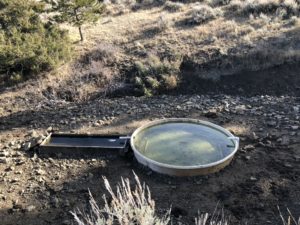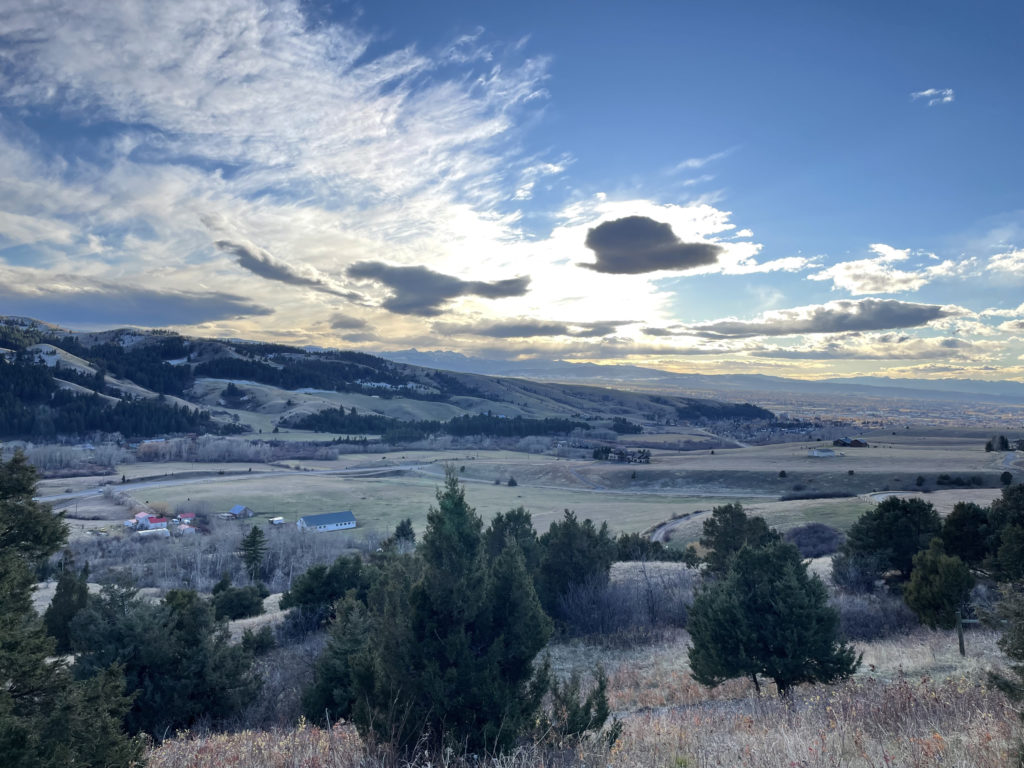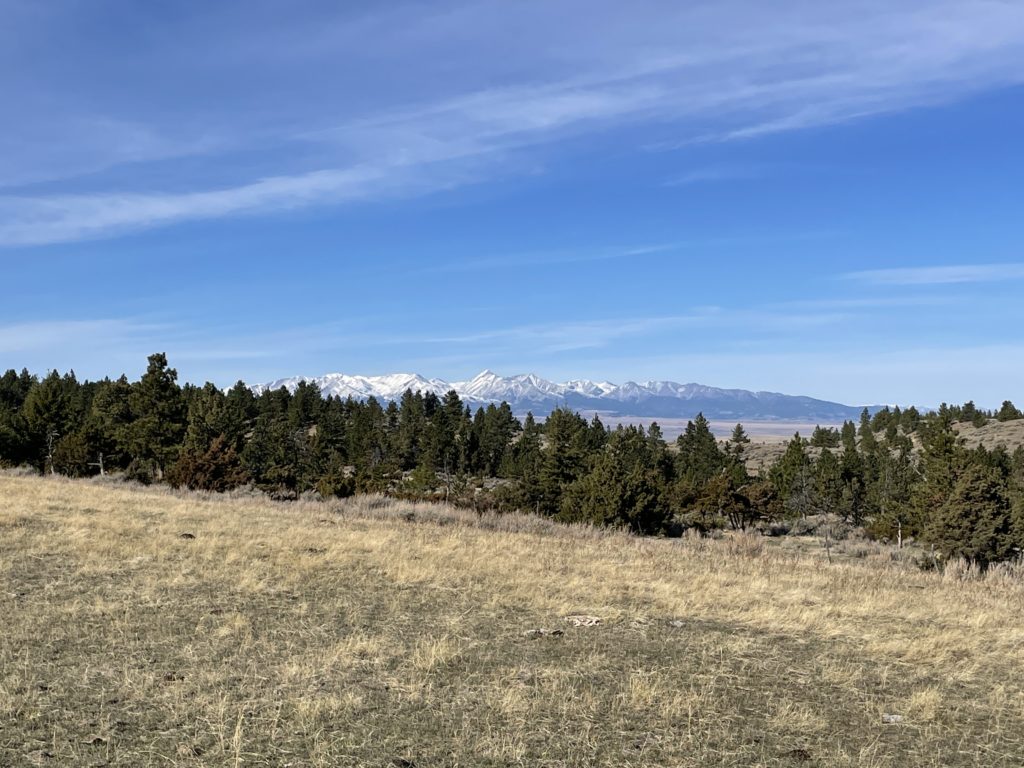By Claire Lafave and Nell Achtemeyer
This past November, Jeff (our CEO), Nell (our VP of Project Development), and Kevin (our Director of Client Strategy) made a visit to the sites of our Northern Great Plains Regenerative Grazing project.
The trip began with an in-person meeting with the project’s first four enrolled ranchers and our implementation partner Western Sustainability Exchange to gather feedback on what’s gone well and what’s been challenging now that we are over three years into development and implementation. Following the visit to the ranches, they met with the project’s first supporter, Xanterra Travel Collection. Xanterra provides lodging and concessions at many of your favorite national parks, including Yellowstone, which neighbors the project.
Xanterra was holding a strategic meeting to discuss the company’s long-term sustainability vision. Both engineers and sustainability representatives from the parks were in attendance to share their perspectives. Native reported on the progress of the grazing project, which Xanterra enabled through early-stage catalytic Help Build funding. At present, the project is expanding beyond the four initial ranchers and has a goal to reach one million acres across the Northern Great Plains. Over five additional ranchers have applied from the pipeline that Native and WSE have been building and we are working closely with those ranches on eligibility now that the project has achieved validation. Xanterra’s forward-thinking mindset, which helped them to make an early and long-term commitment to the project, was on display again at these meetings as they discussed ways to reduce and remove carbon now and in the future.

During the ranch site visits, our team was able to see first hand how the Help Build funding was being deployed, touring new fencing and water infrastructure that allows cattle to graze in smaller pastures, increasing rest and recovery for the grasses.
But it wasn’t all daisies and roses. During Native’s visit, and for an extended period prior, Montana was experiencing its worst drought since 2000. This hits all ranches hard, but our team was heartened, though not surprised, to learn that many of the rancher project participants were observing how the adoption of improved grazing practices had helped them weather the extreme weather conditions by increasing the health of their forage and the water-holding capacity of their soils.
As was recently well-documented on The Daily, ranching is a low-margin business, and a drought like this certainly doesn’t help. Most ranchers don’t have the operational profits to invest in the infrastructure, labor, and training required to transition to new, rotational grazing practices. That’s why our Help Build™ program is designed to help cover these upfront costs, helping ranchers on their journey towards regenerative systems that are more resilient to the extreme weather we are sure to continue to confront.




